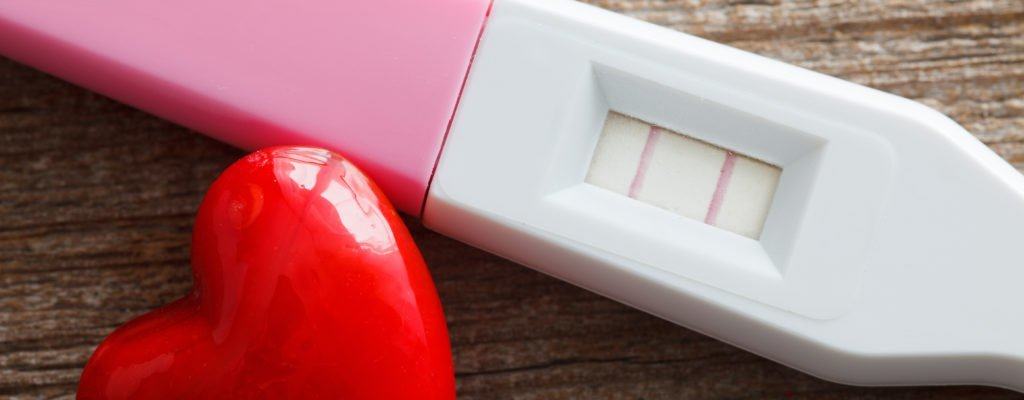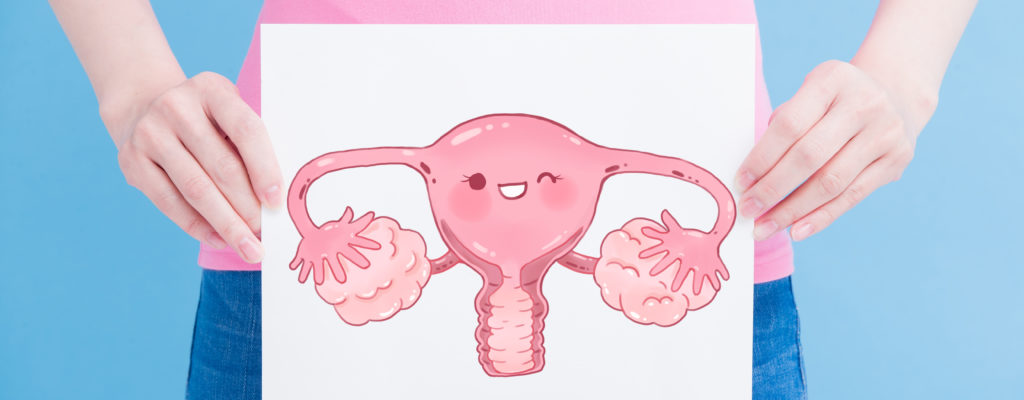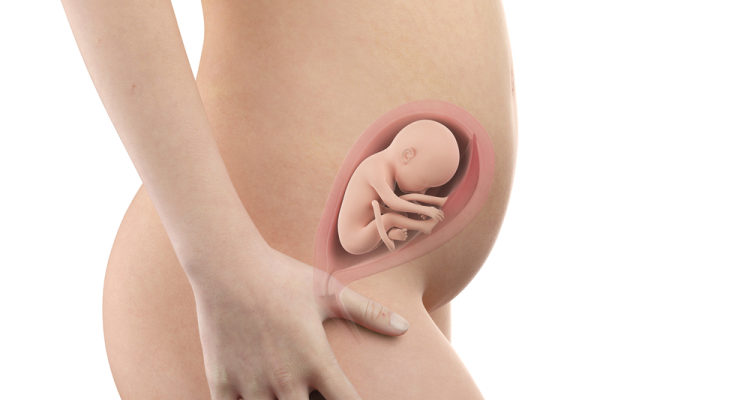Did you know that you can measure the height of your uterus on your own to accurately diagnose the number of weeks you are pregnant? So how to measure the height of the uterus both accurately and without much effort?
To measure the height of the uterus, most obstetricians advise you to take it in the hospital every time you check-up to be both safe and sure to get the most accurate results. However, if you have not yet reached the prenatal check-up and you are curious about the gestational age index obtained from the uterine height measurement, you can still do this at home. Let aFamilyToday Health follow up on the following sharing to know the basic steps in measuring uterus height exclusively for pregnant mothers and methods to keep the uterus healthy.
During pregnancy, the size of the uterus will gradually develop according to the size of the fetus and change the size of the mother's belly ring. During pregnancy, the uterine height index is an important indicator for evaluating gestational age in addition to determining the last day of the menstrual cycle. If you know this index, you will easily calculate the gestational age, birth date and grasp the health status of the fetus .
How to measure uterine height during pregnancy?
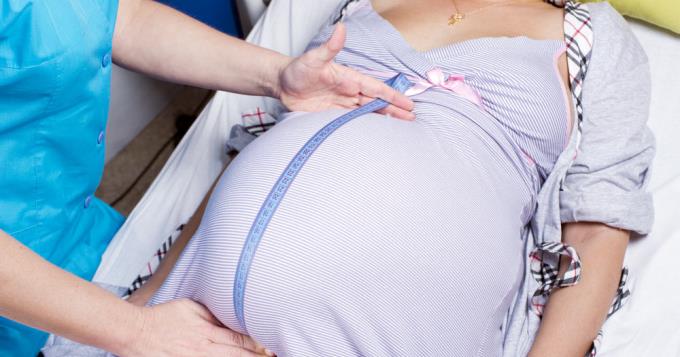
During pregnancy, your doctor will help you measure the most accurate uterine height . However, there are some simple steps you can take at home to get your current size of the uterus:
Step 1: Prepare
Before starting to measure, lie down on the bed or floor.
Make sure that while lying down, you feel most comfortable and will not cause headaches or dizziness.
Step 2: Locate the uterus
Press lightly on the abdomen to feel the position of the uterus.
If you are 20 weeks or less pregnant , you should feel your uterus just below your belly button.
If it's more than 20 weeks, you should feel your uterus just above the navel area.
If you feel the hard part of the abdomen, it is the uterus. Sometimes this part will be very round and smooth.
Then move your hand to feel the top of the uterus.
Most women will feel the uterus by the turn of the 20th week of pregnancy.
Step 3: Locate the pubic bone
You can locate the pubic bone just above the pubic hair.
You should feel a stiff lump, this is the pubic bone.
Step 4: Take the measurement
You measure the distance between the top of the uterus and the pubic bone
This number is the height of the uterus.
How to calculate gestational age after uterine height measurement?
Your uterine height measurement should only be done after you are 20 weeks pregnant . Because if taking measurements at an earlier time, this reading may not be accurate.
After having uterine height size, you can easily calculate and determine gestational age . During the 18-30 week gestation period, these measurements will be in cm. To calculate the gestational age, you take the height of the uterus (cm units) divided by 4 then plus 1, the result will be the number of months of the fetus. If you notice a big difference between your measurements and the estimated number of weeks you are pregnant, talk to your doctor during your next prenatal visit to get more details.
In addition to calculating gestational age, measuring uterine height also helps you to understand the health of your baby. This will show you whether your unborn baby is growing slowly or faster for age. For example, if the result of the calculation shows that the fetus has to week 17, but if calculated according to the first day of the last menstrual period, the fetus must develop by week 19. This proves the developing fetus is slower than gestational age and you need to quickly adjust diet and activities to ensure healthy development of the fetus.
In addition to measuring the height of the uterus, what other methods are there to help determine gestational age?
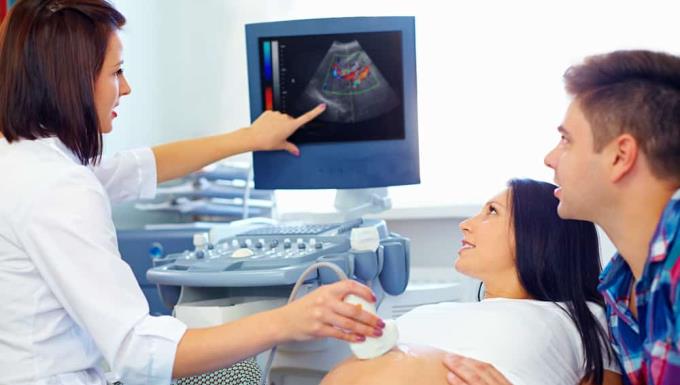
In addition to measuring your uterus, you can determine your gestational age in the following ways:
Base on your last menstrual period: With this method, you need to remember exactly the first day of your last period. Gestational age will be calculated from the first day of the last period to the current pregnancy. For example, if the first day of your last menstrual period is 1/1, currently February 28, it means you are 8 weeks pregnant .
Based on the ultrasound results: Based on ultrasound images, the doctor will calculate the gestational age. In addition, ultrasound also helps to detect birth defects early . Ultrasound often gives more accurate results of gestational age than traditional methods, however, this method only determines the correct gestational age in the first 3 months. From the 20th week onwards, your doctor relies on the height of the uterus to determine the gestational age.
Tell you how to keep your uterus healthy

The uterus plays a very important role in pregnancy and fetal feeding. Therefore, to have a safe pregnancy, you need to keep your uterus healthy.
During pregnancy , you need to have a regular pregnancy check-up to check the uterus periodically. Your doctor will recommend a few tests to check for abnormal cells that may appear in the cervix (if any). In addition, the doctor will also check to see if the uterus is suffering from problems such as fibroids or uterine cancer .
For non-pregnant women, if bleeding but not due to menstruation, go to the hospital immediately:
If you experience heavy bleeding during your period or feel your period is irregular, see your doctor right away. Because heavy bleeding or unusual bleeding is one of the first signs of fibroids or uterine cancer.
If you experience pain or discomfort in the uterine area, talk to your doctor. About 50% of women with fibroids will experience bleeding or pain in the uterine area. Women of any age can get uterine fibroids, but mostly in their 30s and 40s. You will also be more at risk if a family member has had it.
Most women with uterine cancer are overweight. Therefore, make sure to maintain a nutritious diet and exercise regularly to keep your weight at a stable level.
aFamilyToday Health hopes to provide you with a useful source of information on how to measure your own uterus at home. In addition, if you want to know how to calculate the gestational age or due date, you can refer to the article How to calculate the exact gestational age by week and month . Wish you have a good pregnancy.






